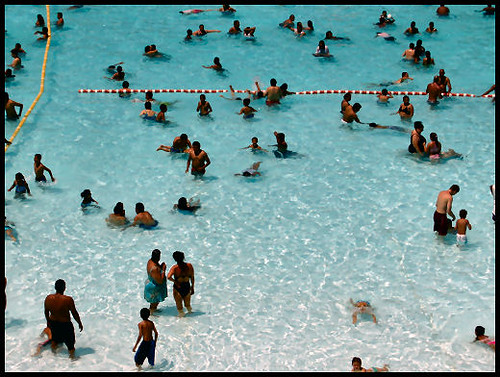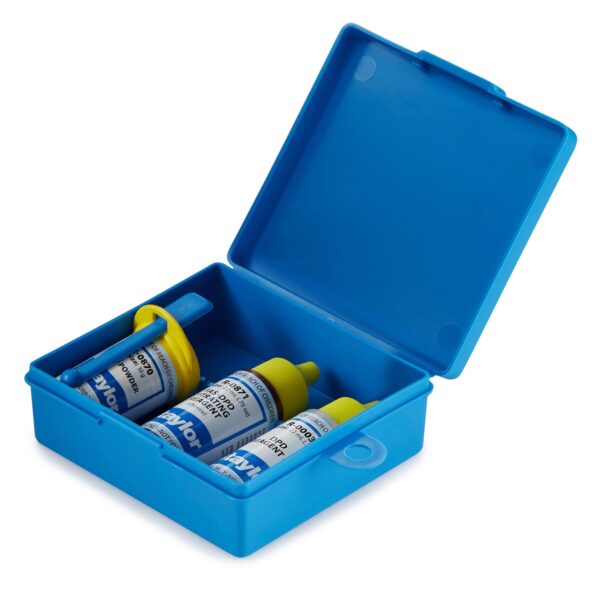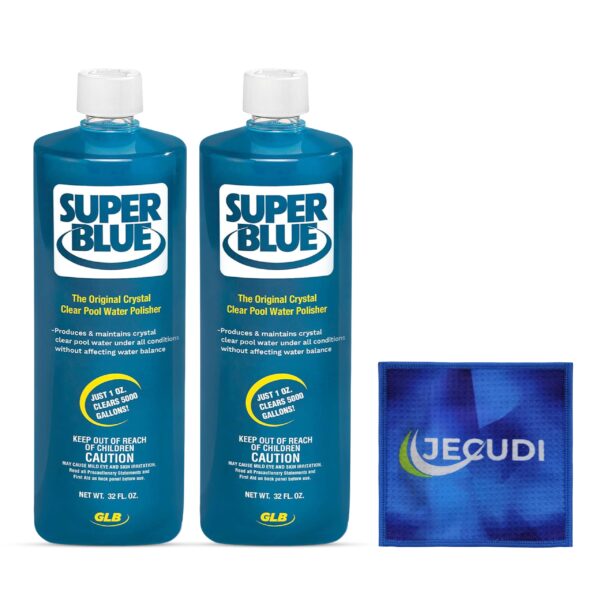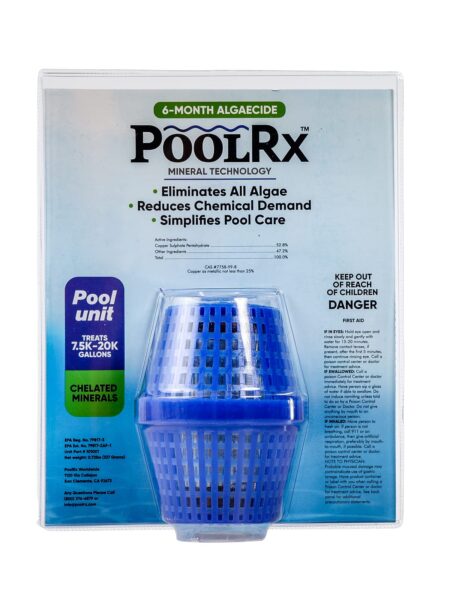Picture this: it’s a hot summer day, and all you want is to dive into your sparkling backyard pool—but instead, you’re greeted by murky green water. You test the chlorine levels, and they’re off the charts. So why does your pool look more like a swamp than a summer oasis? Let’s break down the possible culprits and how to get your pool back to its crystal-clear glory.

Chlorine is most effective when the pH in your pool is between 7.2 and 7.8, with 7.5 being the sweet spot. If your pH level creeps above 8.0, chlorine loses its power to sanitize effectively. In a high-pH environment, algae and bacteria can thrive—even if you've poured in gallons of shock.
Fix it: Test your pool’s pH levels with a reliable kit. If it’s too high, add a pH reducer (like muriatic acid) to bring it back into balance. Always retest after adjustments to ensure everything stays in range.
Green water often means your pool filter isn’t doing its job. In summer, when temperatures spike and pool usage increases, your water should run through the filter for at least 8-10 hours daily. Without proper circulation, debris and algae can outpace even high chlorine levels.
Fix it: Make sure your filter is clean and functioning properly. Backwash sand or DE filters, clean cartridge filters, and ensure you’ve set your pump to run long enough during peak swimming season.
Cyanuric acid, commonly found in chlorine stabilizers, helps protect chlorine from being burned off by the sun. However, too much of it can bind up your chlorine and render it ineffective—no matter how much you add. The ideal CYA range is 30-50 ppm. If your CYA is in the triple digits, your chlorine is likely “locked up.”
Fix it: Test your CYA levels. If they’re too high, drain and refill a portion of your pool’s water to dilute the concentration. Use unstabilized chlorine (like liquid chlorine) going forward to avoid adding more CYA.
| Issue | Ideal Range | Solution |
|---|---|---|
| pH | 7.2 - 7.8 | Add pH reducer or increaser as needed. |
| Cyanuric Acid (CYA) | 30-50 ppm | Drain and refill part of the pool water. |
| Filtration Time | 8-10 hours/day in summer | Run the filter longer; backwash if needed. |
Sometimes, using the wrong chlorine product can actually exacerbate the issue. Stabilized chlorines like trichlor pucks or granular dichlor add CYA with each use. Over time, this buildup can result in chlorine becoming less effective, leaving you with green water despite a “high” reading.
Fix it: Switch to liquid chlorine (sodium hypochlorite) for routine sanitization. Unlike stabilized options, liquid chlorine won’t contribute to rising CYA levels.
If everything else checks out—pH, CYA, filtration—you might be dealing with a chlorine-resistant algae, such as mustard algae. These slippery invaders aren’t fazed by high chlorine and require targeted treatment.
Fix it: Perform a SLAM (Shock Level and Maintain) process:
Once your pool is back to being clear and inviting, prevent future green-water issues with consistent care:
Staying on top of your pool’s chemistry and routine maintenance might sound like a lot of work, but it’s far easier (and cheaper) than battling green water every summer. For more tips, check out our recent articles.
Got a tip or trick for keeping your pool algae-free? Share it in the comments below! Your advice could help a fellow pool owner enjoy a stress-free swim season.

Ensure your pool water is perfectly balanced and sparkling clean with the Taylor K 1515 FAS DPD Chlorine Test Kit. This precision tool is essential for pool owners experiencing high chlorine levels in their pools but still facing issues like algae growth. With its accurate drop-based testing method, you can measure chlorine levels as precisely as 0.2 or 0.5 parts per million, allowing for precise adjustments to maintain healthy and clear pool water. Ideal for those who want consistent monitoring and control over their pool's water chemistry, this test kit helps you keep your pool inviting and safe for swimmers.

Transform your green, cloudy pool into an oasis of crystal-clear water with the Super Blue Pool Clarifier. Designed to tackle the murkiest waters, this powerful clarifier eliminates cloudiness caused by high chlorine levels and stubborn impurities, ensuring your swimming pool remains inviting and pristine. With its easy-to-use formula and quick results, you'll spend more time enjoying your pool and less time worrying about maintenance. Perfect for pool owners who demand clarity and cleanliness, the Super Blue Pool Clarifier is your go-to solution for maintaining sparkling clear waters all season long.

Transform your pool from cloudy to crystal clear with the Pool RX 101001 Algaecide. This powerful treatment is perfect for maintaining clear, algae-free water in pools ranging from 7,500 to 20,000 gallons. Its effectiveness in eliminating cloudiness and preventing algae growth makes it an essential tool for any pool owner. Achieve and enjoy a sparkling blue pool effortlessly for up to six months with Pool RX.
Before you rush off to buy every pool chemical on the market, remember that balancing your pool's pH level and getting your pool chemistry just right can change that green hue back to the clear, inviting blue you’re dreaming of. If you're curious to see more pool tips or have your own pool mysteries to share, why not dive into our community? We're a splash on Instagram, where we love sharing inspiring backyard transformations, and we pin all things pool on Pinterest. For fresh updates and a lively discussion about all things architecture, follow us on X (formerly Twitter). And if you're on the lookout for more frequent tips, don't forget to give us a thumbs up on Facebook. We would love to hear about your pool adventures and be part of each other’s journey to the perfect swim, so let’s connect!
Excessive Levels of Cyanuric Acid: This is often the primary reason why pools remain green even after chlorine has been added.
Add 1 gallon of chlorine for every 10,000 gallons of water in your pool and keep the pool pump running continuously for 24 to 48 hours. This should help eliminate the green tint and initiate the cleaning process.
To swiftly reduce chlorine levels, remove the pool cover and let sunlight naturally lower the levels. Alternatively, you can use a chlorine neutralizer, such as sodium thiosulfate, or partially drain and refill the pool with fresh water.
The most common reason is insufficient chlorine levels to sustain a consistently high enough concentration to eradicate all algae. Often, the problem arises from not using enough chlorine or not applying it frequently enough to completely eliminate the algae.
